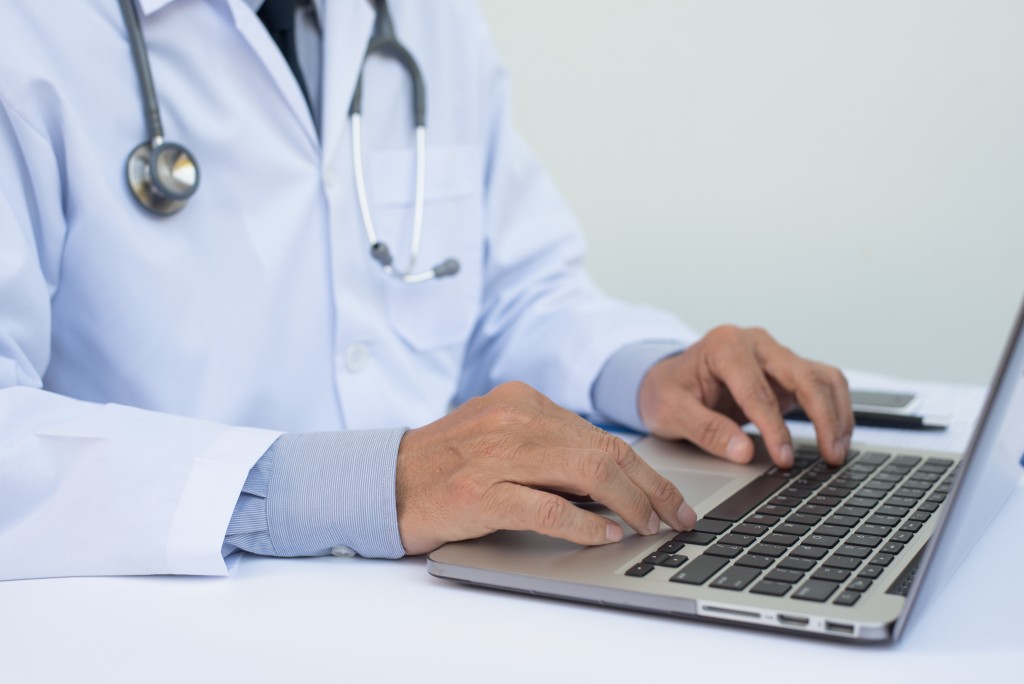The 2019 Coronavirus pandemic has forced medical and healthcare professionals—including dentists—to think of innovative ways to deliver quality care to their patients. The limited mobility of people to avoid the spread of the virus and the complex process of visiting a hospital or clinic during the pandemic has made scheduling an appointment difficult. Healthcare facilities have also reduced the number of patients allowed in the waiting room to practice social distancing.
What Is Teledentistry?
Because of this, teledentistry has become popular. Teledentistry is part of the bigger umbrella that is telehealth or telemedicine, a technique of holding consultations and treatments without doing in-person meetings. Teledentistry is the method of providing dental care and treatment remotely through digital technology. It’s done via phone calls, video conference calls, exchanges, and messaging via mobile devices, and other remote techniques. It aims to make dental care and treatment efficient for the dentist and convenient for the patient during the pandemic.
Synchronous and Asynchronous
 Teledentistry is applicable to various dental disciplines, including endodontics, periodontics, orthodontics, preventive dentistry, oral medicine and surgery, and patient education. It’s done mainly in two ways: synchronous and asynchronous.
Teledentistry is applicable to various dental disciplines, including endodontics, periodontics, orthodontics, preventive dentistry, oral medicine and surgery, and patient education. It’s done mainly in two ways: synchronous and asynchronous.
In a synchronous setup, a dentist makes a video conference call with a remote provider who is with the patient. ; They may also do a video conference with another dentist, dental specialist, orthodontist, or another healthcare provider. The remote provider with the patient live streams the data to get a dentist’s or specialist’s diagnosis. In some situations, the dentist may instruct the remote provider on how to treat the condition or give digital prescriptions in real-time.
In an asynchronous setup, a dental assistant, nurse, or on-site dentist documents a patient’s dental problems and performs an exam. They then create digital copies of the patient data and exam results. They assign it to a dentist or specialist and have it triaged and grouped by date. On the flip side, a dentist or dental specialist sends a diagnosis or treatment plan to the remote provider and patient.
Benefits of Teledentistry
Teledentistry allows dentists and dental specialists to continue their practice and do the following:
- Teleconsultation — conducting live remote checkups and giving patient advice for non-critical conditions
- Telediagnosis — providing patients with a diagnosis and treatment plan through video conferencing and mobile communication
- Electronic health records — keeping digitized copies of patients’ records for easy access, updating, and sharing
- Digital images — capturing and storing digitized images of patient data and test results
- Electronic referral systems — automatic follow-up consultations and new patient referrals
- Dentist Services 24/7 — emergency dental services in odd hours, weekends, or holidays
- Improve productivity — without a dental chair to fill and vacate, dentists can “see” more patients in one day
Apart from consultations and treatments, teledentistry makes these initiatives easier to implement:
- Mobile dental programs in schools and public health facilities — where remote dentists can provide a diagnosis by looking at images of dental problems captured by nurses
- Outreach programs — in which private practices can volunteer their services remotely
- Medical-dental collaboration — wherein doctors and dentists can instantly consult each other on a patient case and share information digitally for quick diagnoses
- Professional assistance with OTC products — dental product/treatment brands like Invisalign and Snow may instruct users directly on how to use at-home teeth whitening and teeth aligning products they bought from a drugstore
Teledentistry emerged to give families quality dental care without requiring them to travel. It has also made dental consultations and treatments safe during the pandemic. Its expanding practice, however, is opening up bigger opportunities for integrated medical-dental care and better public health programs.


















